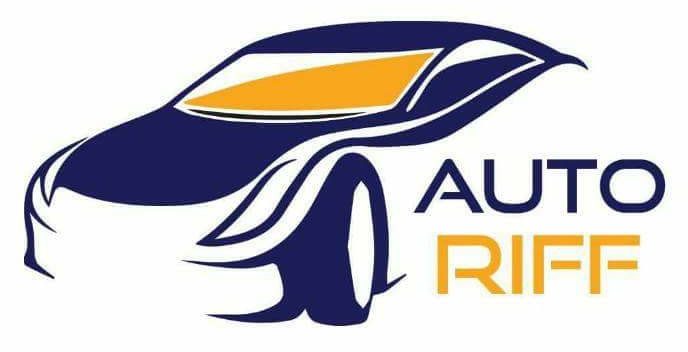There’s a fun old Simca commercial for the new Aronde Elysee that includes the phrase “a triumph of French engineering!” These days, Americans hearing that tagline may find themselves stifling a giggle. French fashion? Oui. French culinary artistry? Mais certainement. French viticulture? Ooh la la. But engineering—of cars? The last Peugeots and Renaults marketed in the U.S. didn’t exactly give Honda and Toyota a run for their JD Power rankings. But Peugeot says it’s coming back to America by 2026 at the latest, so we did some tire-kicking around Peugeot’s 2019 Geneva Motor Show stand to assess its readiness seven years out.
The small 208 generated the biggest buzz, making its global debut in gas, diesel, and full-electric guises in keeping with Peugeot’s pledge to offer electrified versions of all its products. This one is almost certainly not coming to the U.S. owing to the three-strikes rule (it’s a car, it’s a hatchback, and it’s too small), but as compacts go, this one is super stylish. The floating-element grille and the triple-slash lion’s-claw lighting signatures at the front and rear are striking, so if the next generation of products currently on drawing boards for production in the mid-2020s build on this design aesthetic, they’ll at least decorate our roadways nicely.
With the 508, the eye is drawn to a very fetching design that looks great in sedan or wagon guise. A single lion-claw mark (or maybe lion fang) lighting signature in front looks menacing, and the general proportion and stance seem pretty spot on. Sadly, Peugeot will be arriving in a post-sedan America (and we’ve been post-wagon for quite some time). Still, it’s fun to imagine a new sport sedan like the 508 Sport Engineered concept.
Sadly, the 3008—and the larger Blazer/Edge/Murano-sized 5008—are among the dullest-looking Peugeots on offer. Between now and the launch, the company needs to imbue its crossovers with the stylish e-Legend-inspired front-end design and lion-claw lighting signatures—they need to be “a triumph of French design!” And of course, they’d damned sure better be a triumph of global automotive engineering.






